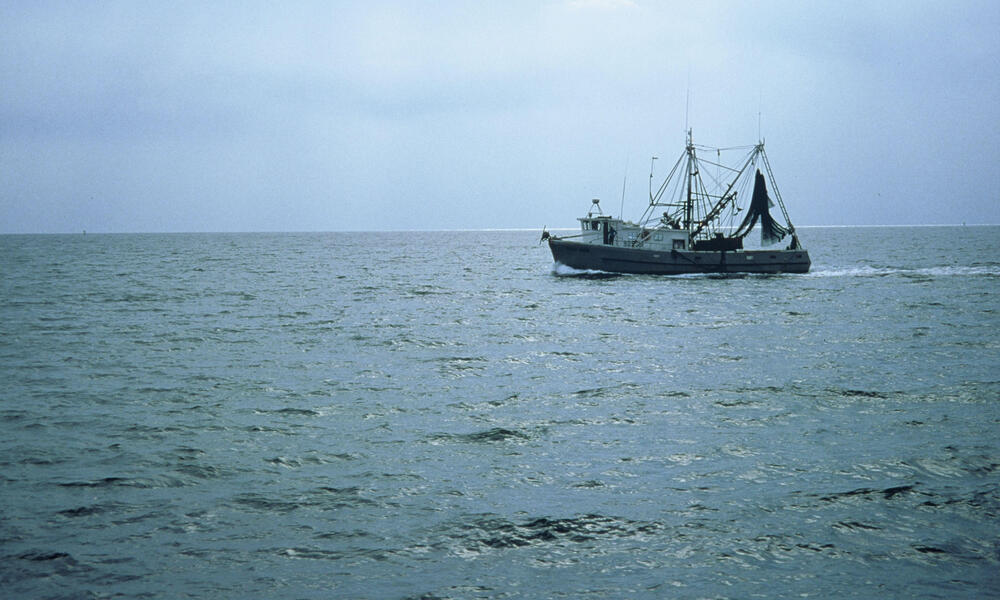Tropical shrimp has become one of the world´s most valued seafoods over the past decade and accounts for 20% of internationally traded seafood products in market value. Shrimp fishing generates income for 900,000 fishermen worldwide with 1.3 tons caught annually. Fleets have increased rapidly over the last 30 years to more than 400,000 trawlers from approximately 65 countries. They engaged in an activity that is considered to be one of the most damaging and non-selective fishing methods in the world.
There are also hundreds of thousands of coastal/artisanal fishers using a variety of fishing gear, including small trawls, trammel nets, bag nets, and seines to catch all varieties of shrimp. However, it is estimated that these small-scale fishermen catch less than 5% of total production by volume.
Unfortunately, due to their high popularity as a food item, important tropical shrimp species caught mainly for consumption in North America, the European Union, Japan, the Coral Triangle, and the Indian subcontinent are experiencing a sharp decline in fishery output.


